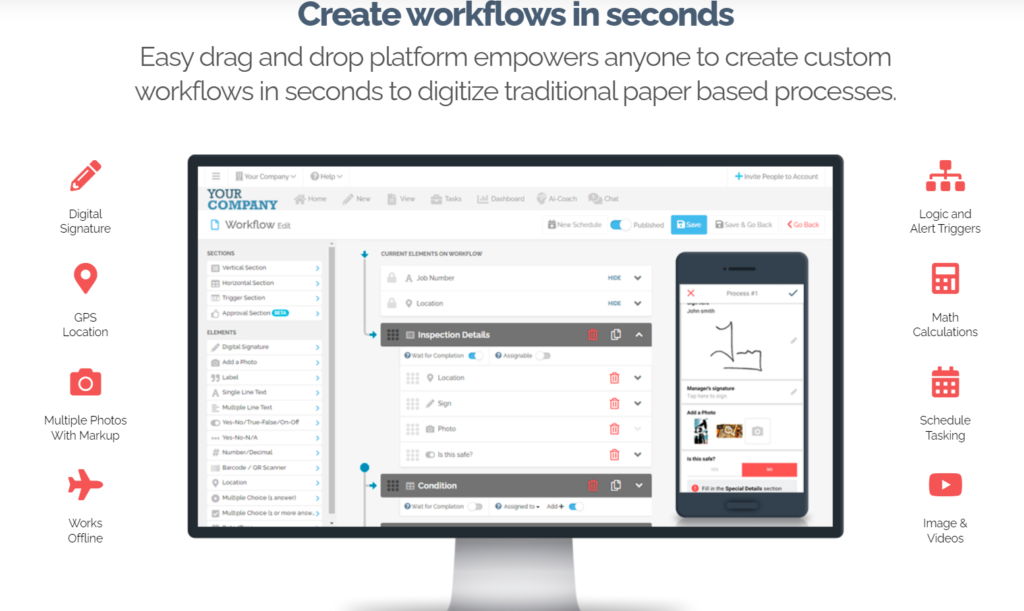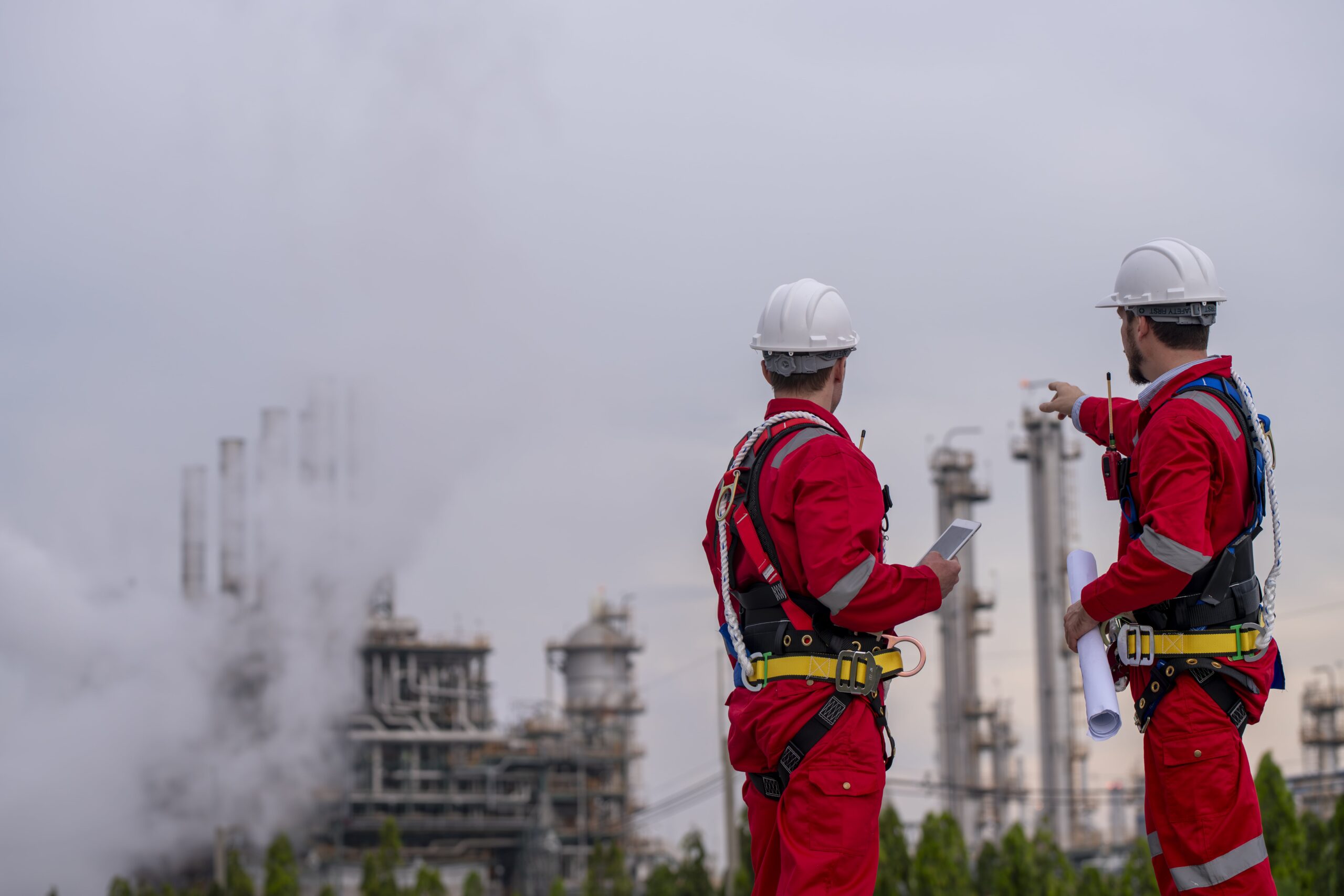As the oil and gas industry continues to evolve, so does the need for effective Risk Assessment strategies. Engineers play a crucial role in this process, leveraging their technical expertise to identify potential hazards and implement preventive measures. This article explores the engineering perspectives on risk assessment in the oil and gas sector, with a particular focus on the role of FAT FINGER, a digital workflow procedure builder that empowers front-line teams to do their work correctly every time.
With FAT FINGER, you can build digital workflow procedures to improve risk assessment and manage risks in your facility. This innovative software makes safety and preventive measures everyone’s responsibility, helping to safeguard your company from threats. Request a demo today to see how FAT FINGER can revolutionize your risk assessment processes.
The Importance of Risk Assessment in Oil and Gas
Risk assessment is a critical component of the oil and gas industry. It involves identifying potential hazards, evaluating their likelihood and potential impact, and implementing measures to mitigate these risks. This process is crucial for ensuring the safety of workers, protecting the environment, and maintaining operational efficiency.

Engineering Perspectives on Risk Assessment
From an engineering perspective, risk assessment involves a systematic approach to identifying and managing potential hazards. This includes conducting regular inspections, implementing safety protocols, and using advanced technologies to monitor and control risks.
Case Study: The Role of Engineers in Risk Assessment
Consider the case of a large oil and gas company that experienced a significant safety incident. Upon investigation, it was found that the incident could have been prevented with a more robust risk assessment process. The company turned to its engineers, who used their technical expertise to identify potential hazards and implement preventive measures. This included the use of FAT FINGER to build digital workflow procedures, which helped to improve risk management and prevent future incidents.
How FAT FINGER Enhances Risk Assessment

FAT FINGER is a game-changer in the realm of risk assessment. With its intuitive drag-and-drop workflow builder, mobile and desktop workflows, dashboards, integrations, augmented reality, IoT device connectivity, and artificial intelligence coaching, FAT FINGER empowers teams to manage risks effectively.
Building Risk Assessment Checklists with FAT FINGER
One of the key features of FAT FINGER is its ability to build risk assessment checklists. These checklists can be customized to suit the unique needs of your facility, ensuring that all potential hazards are identified and addressed. Furthermore, these checklists can be easily shared across different sites, promoting a consistent approach to risk management.
Going Paperless with FAT FINGER
With FAT FINGER, you can say goodbye to paper-based risk assessment processes. This not only improves efficiency but also reduces the risk of errors and oversights. Plus, with FAT FINGER’s digital workflows, you can ensure that safety protocols are followed correctly every time.
Conclusion
In conclusion, effective risk assessment is crucial in the oil and gas industry, and engineers play a key role in this process. With the help of innovative tools like FAT FINGER, companies can enhance their risk management strategies, ensuring the safety of workers and the environment while maintaining operational efficiency. Sign up for free today to see how FAT FINGER can revolutionize your risk assessment processes.
Discover more about Engineering Perspectives on Risk Assessment in Oil and Gas. Enhance your understanding and make informed decisions in your industry. Don’t miss out on this opportunity to gain valuable insights. Request a Demo today.


